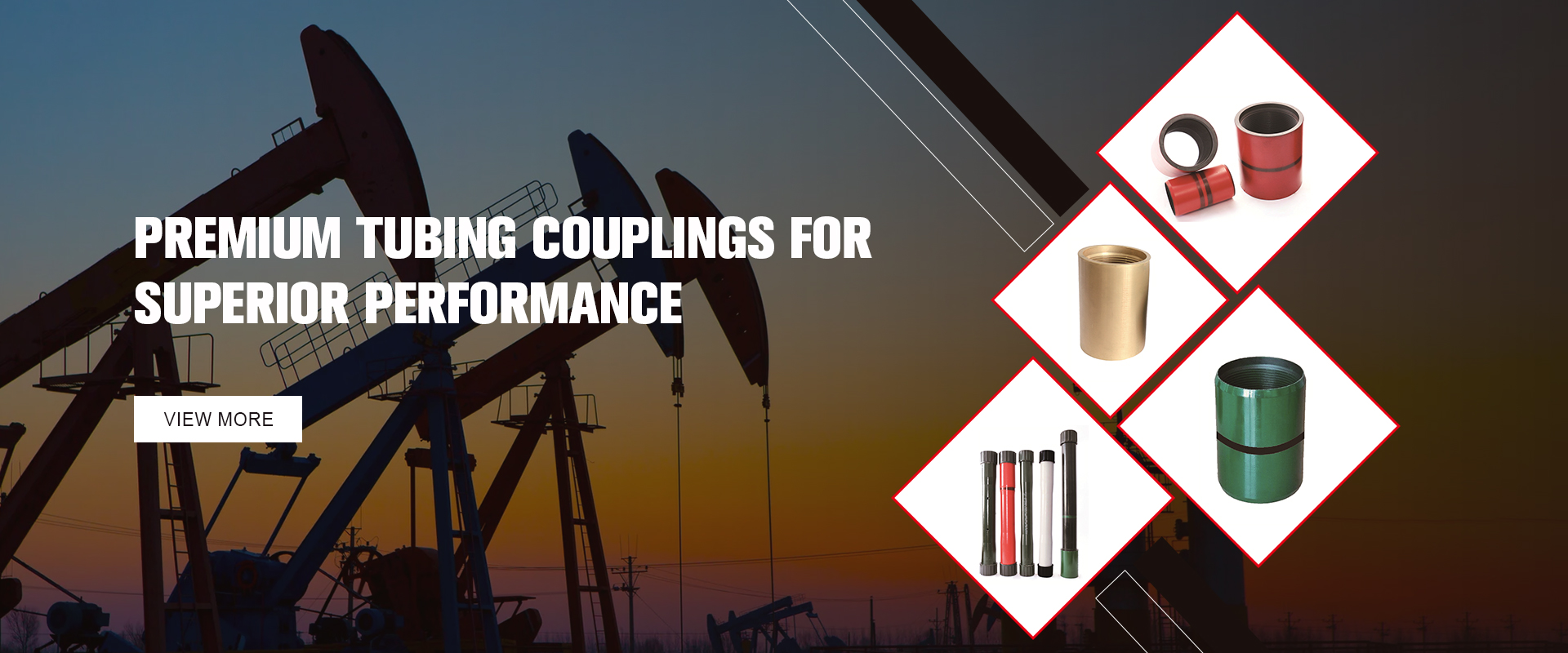- Afrikaans
- Albanian
- Amharic
- Arabic
- Armenian
- Azerbaijani
- Basque
- Belarusian
- Bengali
- Bosnian
- Bulgarian
- Catalan
- Cebuano
- Corsican
- Croatian
- Czech
- Danish
- Dutch
- English
- Esperanto
- Estonian
- Finnish
- French
- Frisian
- Galician
- Georgian
- German
- Greek
- Gujarati
- Haitian Creole
- hausa
- hawaiian
- Hebrew
- Hindi
- Miao
- Hungarian
- Icelandic
- igbo
- Indonesian
- irish
- Italian
- Japanese
- Javanese
- Kannada
- kazakh
- Khmer
- Rwandese
- Korean
- Kurdish
- Kyrgyz
- Lao
- Latin
- Latvian
- Lithuanian
- Luxembourgish
- Macedonian
- Malgashi
- Malay
- Malayalam
- Maltese
- Maori
- Marathi
- Mongolian
- Myanmar
- Nepali
- Norwegian
- Norwegian
- Occitan
- Pashto
- Persian
- Polish
- Portuguese
- Punjabi
- Romanian
- Russian
- Samoan
- Scottish Gaelic
- Serbian
- Sesotho
- Shona
- Sindhi
- Sinhala
- Slovak
- Slovenian
- Somali
- Spanish
- Sundanese
- Swahili
- Swedish
- Tagalog
- Tajik
- Tamil
- Tatar
- Telugu
- Thai
- Turkish
- Turkmen
- Ukrainian
- Urdu
- Uighur
- Uzbek
- Vietnamese
- Welsh
- Bantu
- Yiddish
- Yoruba
- Zulu
Understanding the Benefits of Using Seating Nipples in Tubing Applications
Understanding Seating Nipple in Tubing A Comprehensive Overview
When it comes to oil and gas exploration, ensuring the integrity of the wellbore is paramount. One key component that plays a crucial role in maintaining this integrity is the seating nipple in tubing. This article provides an in-depth exploration of what a seating nipple is, its functions, applications, and importance in the tubing system.
What is a Seating Nipple?
A seating nipple is a specialized fitting used in tubing systems, primarily found in oil and gas wells. It is designed to provide a secure and reliable base for various completion tools or devices, such as packers and plugs, to be seated effectively. This connection is essential for ensuring that these tools can hold pressure and perform their functions as intended, contributing to the overall efficiency of the well operation.
Functions of a Seating Nipple
The primary function of a seating nipple is to serve as a landing point for completion tools. When a tool is lowered into the well, it must land precisely at the seating nipple to ensure a proper seal. The seating nipple is specifically engineered with features that facilitate this process, including
1. Mechanical Locking Many seating nipples incorporate mechanical features that lock the tool in place once it is seated. This prevents any movement that could affect the tool's performance or the integrity of the well.
2. Pressure Management Seating nipples are designed to withstand high pressures, helping maintain the well’s structural integrity. They ensure that tools can function under extreme conditions without risking failure.
3. Ease of Installation and Retrieval The design of seating nipples allows for straightforward installation and retrieval of completion tools, making them indispensable in the process of well maintenance and monitoring.
Applications of Seating Nipples
Seating nipples have various applications in the oil and gas industry, primarily associated with well completion and intervention operations
. Some key applications includeseating nipple in tubing

1. Packer Seating Packers are essential tools used to isolate sections of the wellbore. The seating nipple provides a reliable seat for these packers, ensuring they perform effectively in preventing fluid migration.
2. Plug Installation When a section of the well needs to be sealed off, such as during abandonment procedures, plugs are used. Seating nipples facilitate the accurate placement of these plugs within the tubing.
3. Testing and Monitoring Seating nipples are integral to testing operations, allowing for the installation of pressure gauges and other monitoring equipment to assess well performance.
Importance in Tubing Systems
The seating nipple is a small but crucial component of the overall tubing system. Its importance can be summarized in several key points
1. Safety By ensuring reliable seating of completion tools, seating nipples contribute significantly to the safety of well operations. Failures in sealing can lead to dangerous leaks or blowouts.
2. Efficiency Properly seated packers and plugs enhance the efficiency of extraction processes. This efficiency translates into reduced operational costs and improved returns on investments.
3. Operational Flexibility With the ability to quickly install and retrieve tools using seating nipples, operators can adapt to changing conditions in the well or respond to unexpected challenges promptly.
Conclusion
In conclusion, the seating nipple plays a vital role in the oil and gas industry, particularly within tubing systems. By providing a reliable and secure interface for various completion tools, seating nipples ensure well integrity, enhance safety, and improve operational efficiency. Understanding their functions and applications is crucial for industry professionals involved in well completion and maintenance. As technology continues to evolve, the design and material used in seating nipples may also advance, opening up new possibilities for their application in more complex well systems.
-
Tubing Pup Joints: Essential Components for Oil and Gas OperationsNewsJul.10,2025
-
Pup Joints: Essential Components for Reliable Drilling OperationsNewsJul.10,2025
-
Pipe Couplings: Connecting Your World EfficientlyNewsJul.10,2025
-
Mastering Oilfield Operations with Quality Tubing and CasingNewsJul.10,2025
-
High-Quality Casing Couplings for Every NeedNewsJul.10,2025
-
Boost Your Drilling Efficiency with Premium Crossover Tools & Seating NipplesNewsJul.10,2025







